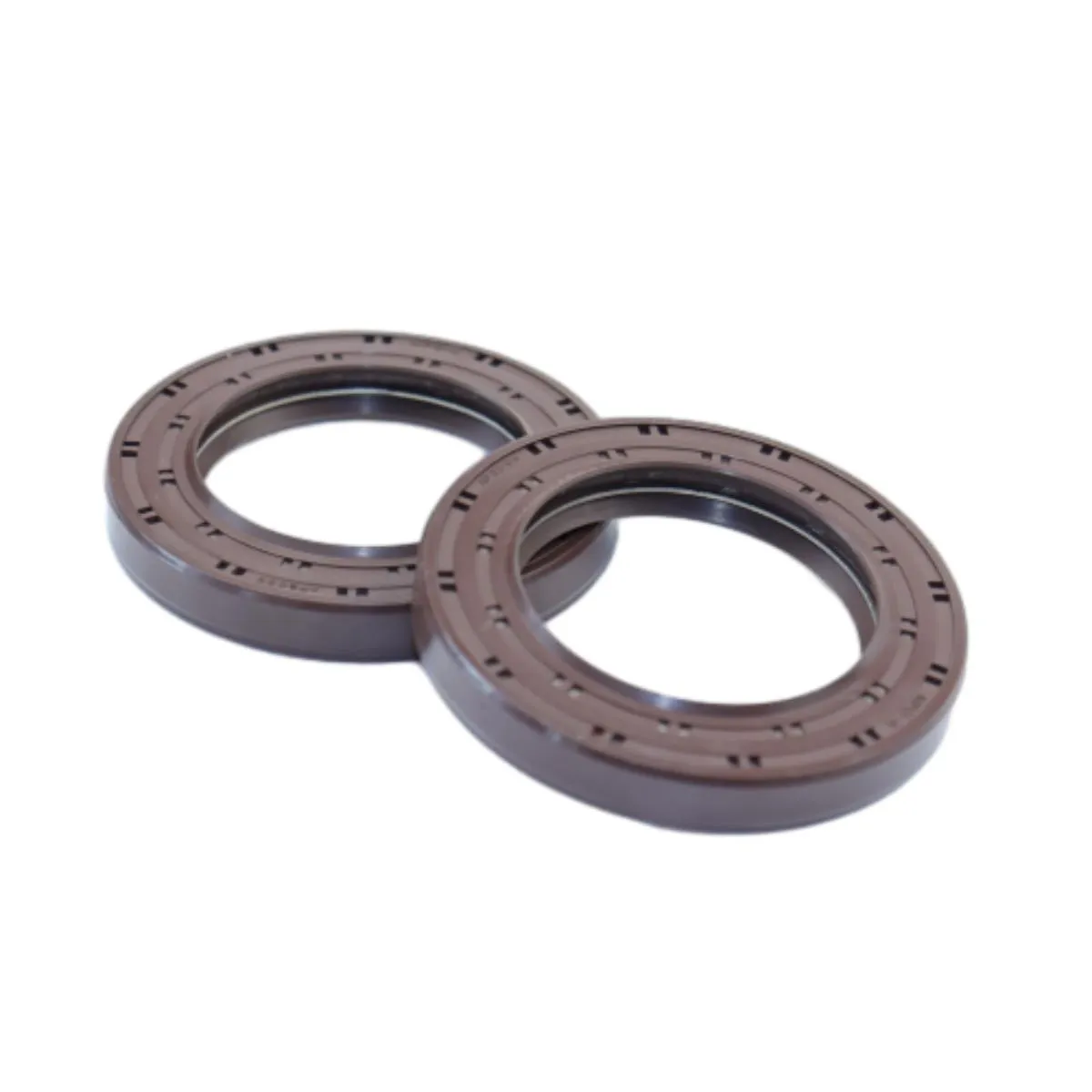डिस . 29, 2024 16:24 Back to list
hydraulic ram seals
Understanding Hydraulic Ram Seals Importance, Types, and Maintenance
Hydraulic ram seals are critical components in hydraulic systems, functioning as barriers that prevent fluid leaks while allowing the smooth operation of machinery and equipment. These seals play an essential role in various industries, including construction, automotive, and manufacturing. Understanding the importance of hydraulic ram seals, their types, and maintenance can enhance the performance and longevity of hydraulic systems.
Importance of Hydraulic Ram Seals
Hydraulic ram seals are pivotal for maintaining the efficiency of hydraulic systems. They prevent hydraulic fluid from leaking, which can lead to several issues, including reduced operational efficiency, increased fluid contamination, and potential damage to the hydraulic components. By maintaining hydraulic pressure, seals ensure that the system functions optimally, thereby enhancing productivity and safety. The failure of a hydraulic seal can result in not only financial losses due to wasted fluid and decreased performance but also pose significant safety hazards in high-pressure environments.
Types of Hydraulic Ram Seals
There are various types of hydraulic ram seals, each designed for specific applications and conditions. Primarily, hydraulic seals can be categorized into two main groups dynamic seals and static seals.
1. Dynamic Seals These seals are used in moving parts of a hydraulic system. They have to withstand the constant movement and pressure of the hydraulic fluid. Common examples include - Piston Seals These are found in hydraulic cylinders and are responsible for sealing the gap between the piston and the cylinder wall. - Rod Seals These are deployed between the cylinder and the piston rod, preventing fluid from leaking out as the rod moves in and out of the cylinder.
2. Static Seals Unlike dynamic seals, static seals are used in stationary components. They are crucial for preventing leaks around fittings and connections. Examples include - O-Rings These are circular seals that fit into grooves on mechanical parts, providing a tight seal against high-pressure fluids. - Gaskets Used to seal joints between two surfaces, gaskets prevent fluid leakage in applications where two surfaces are in contact.
Additionally, seals can be made from various materials, including rubber, polyurethane, and PTFE (Teflon), each offering different advantages in terms of temperature resistance, chemical compatibility, and wear resistance.
Maintenance of Hydraulic Ram Seals
hydraulic ram seals

Proper maintenance of hydraulic ram seals is vital for ensuring their longevity and the overall efficiency of hydraulic systems. Here are some key maintenance tips
1. Regular Inspections Regularly check seals for signs of wear, cracks, or deformities. Early detection can prevent catastrophic failures and costly repairs.
2. Fluid Quality Ensure that the hydraulic fluid used is clean and free of contaminants. Dirty fluids can cause seal degradation over time.
3. Temperature Management Monitor the working temperature of the hydraulic system. Excessive heat can damage seals, leading to premature failure.
4. Correct Installation Ensure that seals are installed correctly. Incorrect installation can lead to misalignment and increased wear on the seals.
5. Lubrication Use appropriate lubricants where necessary, especially for dynamic seals, to reduce friction and wear during operation.
6. System Pressure Avoid exceeding the recommended pressure levels in the hydraulic system, as excessive pressure can lead to seal failure.
Conclusion
Hydraulic ram seals are a vital element in ensuring the effective operation of hydraulic systems. Understanding their importance, the various types available, and maintaining them properly can greatly enhance the reliability and efficiency of machinery. As industries continue to innovate and push the boundaries of hydraulic technology, staying informed about the best practices for hydraulic ram seals will remain crucial for engineers and technicians alike. By prioritizing seal maintenance and using the right types for specific applications, companies can ensure their hydraulic systems' longevity and performance, contributing to smoother operations and increased profitability.
-
The Trans-formative Journey of Wheel Hub Oil Seals
NewsJun.06,2025
-
Graphene-Enhanced Oil Seals: Revolutionizing High-Pressure Oil Sealing
NewsJun.06,2025
-
Future of Hydraulic Sealing: Advanced Intelligent TCN Oil Seals
NewsJun.06,2025
-
Don’t Let a Broken TCV Oil Seal Ruin Your Day
NewsJun.06,2025
-
Bio-Inspired Dust Seals for Better Sealing Performance
NewsJun.06,2025
-
Biodegradable and Sustainable Hydraulic Seal Materials
NewsJun.06,2025
-
Top Oil Seal Solutions for Your Industrial Needs
NewsMay.22,2025
Products categories
















